Fast delivery has been one of the top priorities for businesses to leverage customer satisfaction. A recent survey reveals that 62% of shoppers expect their orders to arrive in less than 3 business days when selecting the free shipping option. However, more than 80% of leading fashion retailers need 5–8 days to deliver these orders.
Now, customers are more inclined to faster delivery. With the instant gratification culture, customers want their goods delivered as quickly as possible, in which 88% of them are willing to pay for same-day delivery.
As customers are more and more demanding for order delivery, businesses need to readily adapt to these changes to stay competitive. In this article, we’ll discuss the fulfillment process and dive into 6 proven strategies for successful order fulfillment. Let’s explore.
What is order fulfillment?
Order fulfillment is a comprehensive process from receiving an order to delivering it to customers. As time is a critical element, businesses have to ensure that the products are shipped on time. Fast delivery is the most critical element of a positive customer experience. It’s also essential to optimize the associated costs with technology tools, such as order fulfillment software or services.
What are 3 types of order fulfillment?

1. Dropshipping
Dropshipping is widely adopted by more than 40% of retailers even before COVID-19, making it one of the most common types of eCommerce order fulfillment.
Dropshipping means that the retailers don’t store the products but instead rely on a third-party vendor to provide supplies to fulfill an order. When a customer purchases one product from the retailer, the retailer then buys that item from the third-party supplier.
The supplier is responsible for managing all the orders and delivering them to customers. This approach is suitable for startup sellers with limited capital.
While dropshipping is quite common for eCommerce order fulfillment, it might come with some challenges:
- Lack of control over product’s quality: The merchant totally depends on the vendor in choosing, packaging, and labeling the products.
- Additional fees: In case the products are damaged or don’t meet the client’s expectations, the merchants will have to replace the product and pay additional fees.
- Possible delays: Merchants have to reach a required number of items to fulfill orders. Sometimes, waiting to gather large amounts of orders can take up to several weeks. Consequently, the customers will be more likely to cancel the orders due to the long period of delivery.
2. Self-fulfillment
As the name suggests, self-fulfillment means that you’ll have to carry out the whole order management by yourself without the intervention of 3rd-party companies. This can save costs and allow more control over operations. This method is most suitable for startups, family businesses, or medium companies that need to optimize costs. If you want to manage all operations independently and activel, and get more insights into your business performance, this might be a good choice for you.
However, you could encounter some challenges:
- Time-consuming and resource-intensive: Self-fulfillment means you have to spend time training your employees to process orders.
- Potential delays: Delays can happen if there’s a need for more resources and infrastructure in place.
- Finding sufficient storage: Businesses will have to plan to hire the appropriate storage depending on season sales and different events.
3. Outsourced order fulfillment
Outsourced order fulfillment means a third-party or contract logistics (3PL) provider will manage your orders. When you need extra storage spaces or employees, you can adopt this type.
While it sounds similar to dropshipping, the difference is that with an outsourced method, you’re managing your inventory through your logistics partner, not vendors.
Outsourced order fulfillment is predicted to increase its adoption in the next 3–5 years, when 18% of retailers expect to outsource the process completely and 48% utilize a mix of insourcing and outsourcing.
You are also interested in: 3PL vs4PL difference
What is order fulfillment process?
To fulfill an order, you’ll need to go through 8 steps:
Step 1: Order placement
The customers will select an order via the company’s website, third-party website, or mobile application. After making payment, they’ll receive a confirmation via email or telephone. This information can include customers’ personal contact, order info, and expected delivery duration.
Step 2: Inventory management
After confirming the order, the businesses will carefully examine the stock status to make sure that the items are ready for delivery. This process involves checking the product quantity, where, when, and how the product is kept.
Step 3. Order processing
If the items are available for shipping, an order processing management system will generate the order details with the number of items and the total estimated costs (including taxes and shipping fees).
Step 4: Picking
For small businesses (family businesses or startups) that don’t possess a warehouse, the employees will pick and pack the products in the store. Large companies with distribution centers will have a dedicated team to pick items according to the customers’ orders. Sometimes, the company can send out warehouse robots to choose these items, saving more human resources.
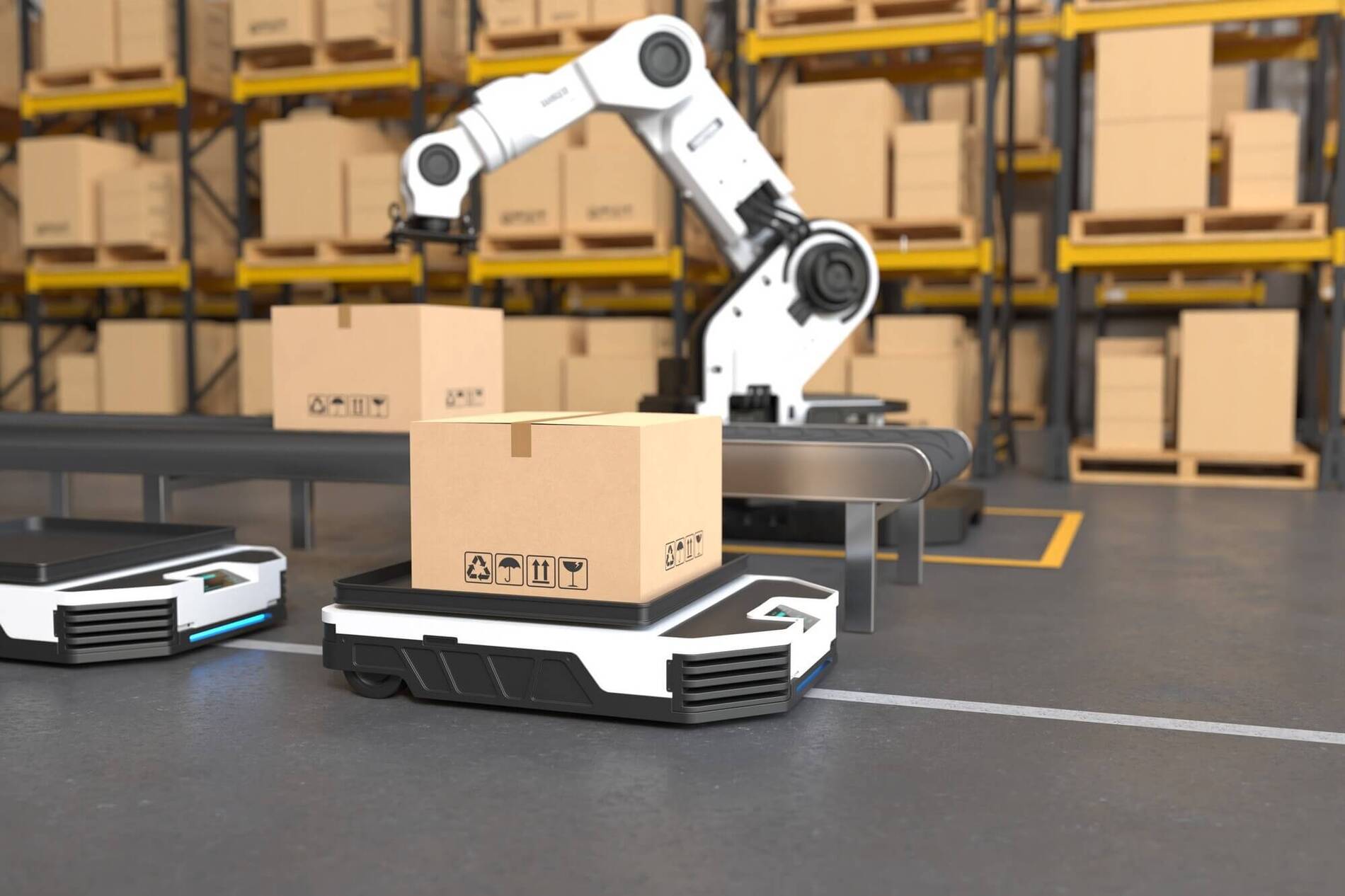
Step 5: Packing
After picking, the items are carefully packed for shipping. In case the customers want to return the items for a refund, the packing teams will print the return shipping labels outside of the package to help the customers easily access the information.
Step 6: Shipping
Businesses can choose different shipping methods for delivery, such as airlines, freight lines, or motorbikes.
Step 7: Delivery
The order is picked up at the distribution channels. You can select the partners you usually collaborate with to optimize costs further.
Step 8: Return processing
If the customers aren’t satisfied with the products or would like to change to another item, return processing begins.
After you receive the product, you need to check if the product has any issues. If it remains intact, you can refund customers via their bank accounts, by store credits, and gift cards (depending on your return and refund policies). You can then sort and restock the item for future orders.
Example of order fulfillment process
Let’s take a look at one example for order fulfillment in Zara — a prominent clothing brand.
- Order placement: The customer places an order through an app or website.
- Order processing: Warehouse employees receive the order and pick the items the customer has chosen.
- Packing: After the items are picked, they are packed for shipping.
- Shipping: The warehouse staff prepare for shipping, including labeling the items (including customers’ information) and return details.
- Delivery: The shipping carrier delivers the package to the customer, completing the order fulfillment process.
What are the challenges of order fulfillment?
Fulfilling orders can be a challenging task as it involves the participation of many business departments or parties. Some significant challenges are as below.
Damaged products
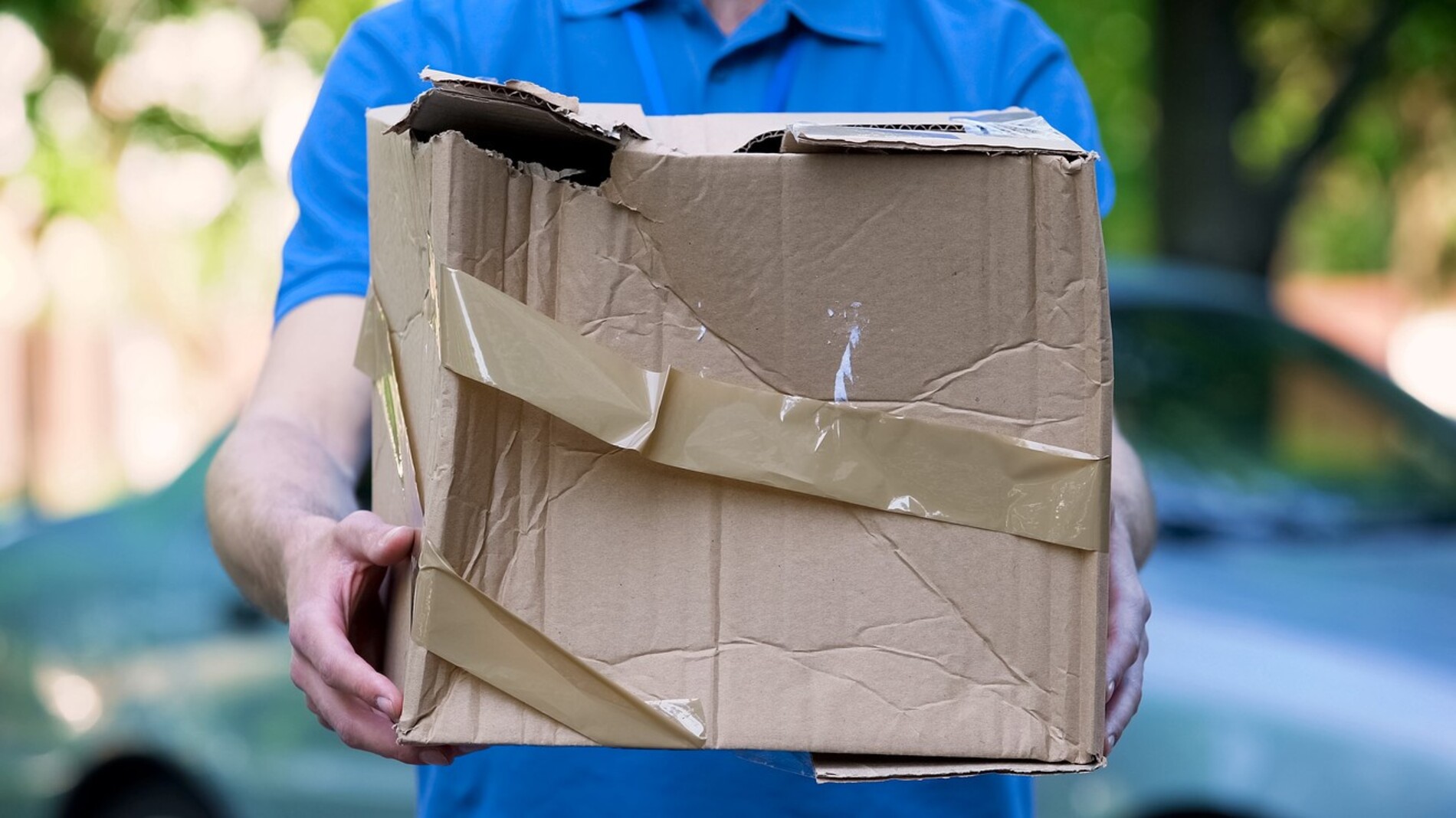
Sometimes, mishaps can happen. How disappointing it would be to unseal the returned package and find the products damaged.
Replacing broken goods can cost differently depending on the value of the goods. For broken antiques and fragile goods, replacing and recovering can be expensive. Merchants not only have to cover the shipping fees, but they also have to send the customer another product for replacement.
Therefore, businesses need to ask customers to record a video when they receive the package. Videos will serve as proof that the products aren’t damaged during delivery. Besides, businesses should improve the packaging to prevent potential damage. Choosing a reliable carrier is also important in handling the deliveries professionally.
Stock discrepancies
When companies manage stock data manually, human errors can occur, leading to potential stock discrepancies.
Thus, companies need to implement order management software to ensure inventory accuracy and streamline the process. By centralizing all the critical information in one platform, business owners can easily view and track the product and order status in their warehouse. The software can also gather different information from various channels, reducing manual errors and freeing up human effort.
Navigating stock location
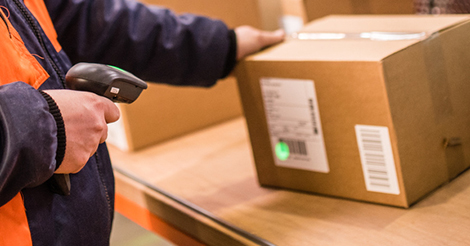
For businesses with a large warehouse, finding the exact location of a product can be a challenge. As a solution, some companies use barcode management software to locate the products. Another approach is to utilize static slotting. This means warehouses will assign a fixed location for each and every product, making it easier to navigate. Static slotting is an ideal solution for small-scale businesses with limited resources.
Selecting the right courier partners
As customers expect to have their goods delivered as quickly as possible, merchants need to seek faster and more cost-effective shipping options.
Thus, relying on only one courier can be a risky option. Instead, diversifying courier options can optimize costs for businesses. For each shipment, you can select the most cost-effective option to reduce shipping expenses. Besides, working with multiple carriers helps businesses operate in more locations, making it more convenient for reaching a wider customer base.
Another approach that businesses can adopt is to invest in multi-courier shipping. This method can speed up delivery time by choosing the appropriate courier for deliveries.
6 proven order fulfillment strategies
To overcome the common challenges in online order fulfillment, you need to:
1. Know your customers
Understanding customers is the first order fulfillment strategy to unlock every business achievement. This means businesses should learn about customers’ needs and develop the right strategies to adapt to these demands.
Data analytics helps businesses extract insightful information about where the customers are located. By analyzing customer location data, warehouse staff can choose the most effective delivery methods. This includes strategizing deliveries based on proximity, shipping preferences, and demand patterns.
Additionally, you can utilize GPS to optimize routes for deliveries. GPS can give you insights into historical traffic patterns, delivery times, and vehicle capacities, to suggest the shortest routes to shipment.
Besides, if the majority of your orders come from a more densely populated area, you could consider establishing a distribution area there. The opening of this new location can accelerate deliveries and further expand your business footprint.
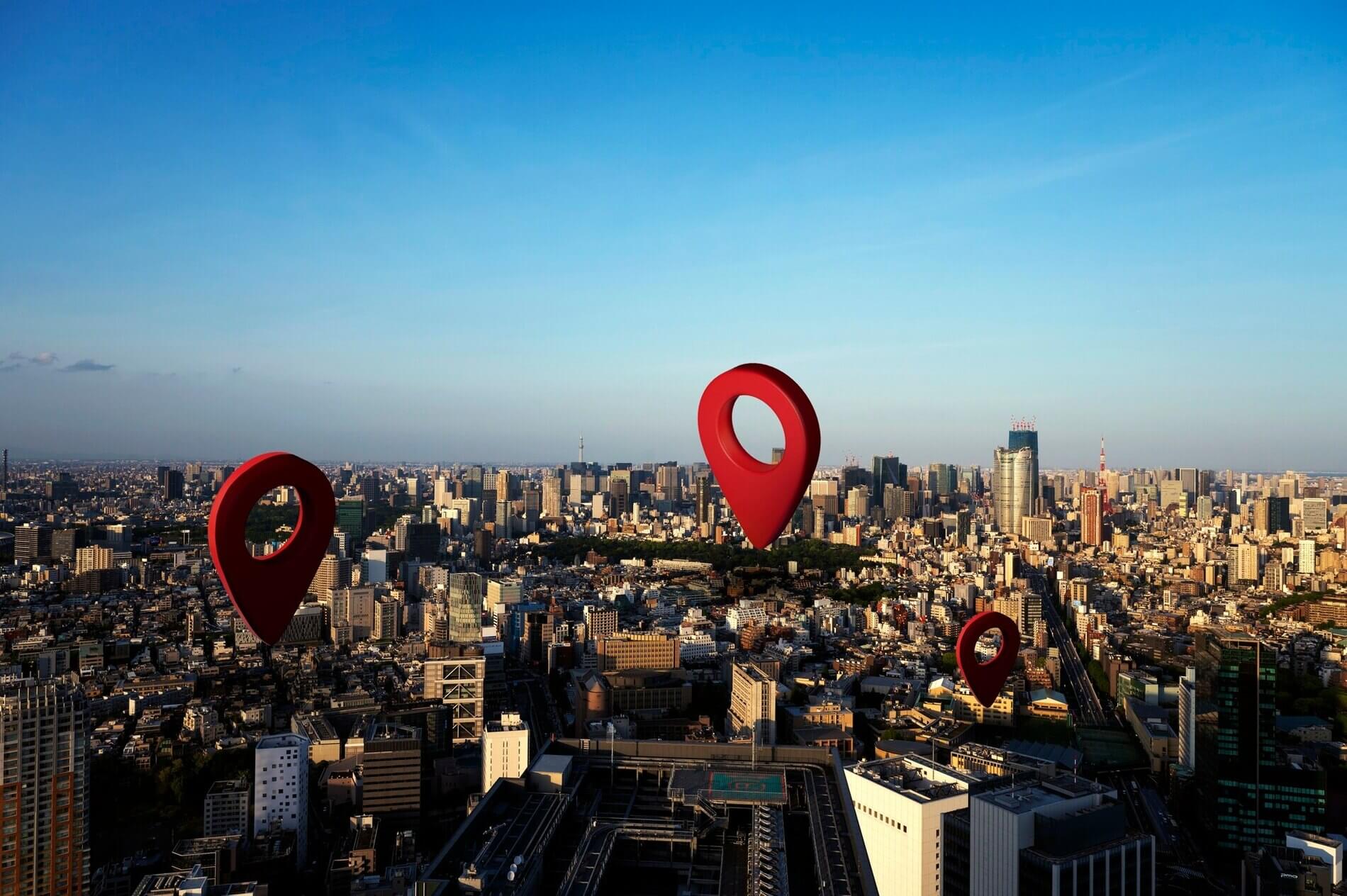
Not only will the merchants understand the customers’ geographical regions, but you can also see where the customers shop. For instance, if the majority of the orders are made online, you should pay attention to optimizing the website to deliver exceptional experience. Notably, providing personalized experiences by recommending similar products based on customers’ preferences and utilizing automated chatbots can further help your businesses delight customers, stay ahead of competitors, and drive more sales.
2. Know your business
While understanding your customer’s needs is critical, understanding your business operations holds no less importance. This means that you need to identify your business size to implement the right technologies and scale your business according to customers’ demands. For instance, you may start off as a small order fulfillment company with a basic system. At the beginning, you might have a limited number of orders. As your business thrives, you experience a higher number of customers, volumes, and products. This means you will have to deal with more issues, including data overload, performance issues (slow processing time and system lags).
Thus, knowing your business size helps you evaluate your systems to see if they can scale to adapt to your growth.
3. Know your orders
For large and heavy items, businesses need to store them in warehouses and integrate technologies to move and carry the products. Bulky items will require a different shipment method. Hence, businesses should ask themselves how to pack and deliver these items to customers’ hands safely and select the appropriate delivery options.
Besides, business owners should also understand the peak rates and seasonality of the items to manage the stock more effectively. For instance, clothing stores can experience demand variations based on the seasons. For winter, they can experience a surge in winter coats and jackets, while they can expect more T-shirts and swimwear in the summer.
4. Know your vendors

By establishing partnerships with vendors, you can expand your network and geographical reach. You’ll reach more clients both domestically and internationally.
To effectively attract more customers, businesses need to select the right partners to collaborate. Check out some criteria below to qualify partners.
- Reliability: Choosing a trustworthy partner is critical. This means you’ll have to check the vendor’s track record and their reputation on the platform. Sometimes, the vendors are scored based on different scales (such as 1–5 stars, 1–10 scores) or through customer feedback. You can also check the vendor’s reliability through their verification. Verified partners will provide you high-quality products consistently, which can ensure successful product fulfillment for your businesses to achieve great customer satisfaction.
- Product range: Choose a partner with a diverse product range. This can attract a wider customer base and meet customers’ different demands. Also, you can boost the chances of cross-selling and upselling. Customers can explore the complementary products or other high-value options with the extended range. These factors can increase your revenue streams and reduce dependence on one specific product line.
- Pricing: Pricing differs from vendor to vendor. Therefore, businesses should carefully examine and compare the prices. Companies should also look into the shipping fees and associated costs with the logistics to further optimize the expenses.
- Communication: Communication is key. Thus, selecting vendors that are highly responsive to your requests is the strategy to aim for. For instance, you might encounter logistical hiccups, such as transportation delays, inventory shortages, or packaging issues. Besides, you might be affected by weather disruptions or customs clearance problems. Thus, a responsive partner can provide real-time updates, different solutions, or faster processes. If the shipment takes too long, they can reroute shipments by coordinating with carriers to expedite deliveries. Furthermore, they can find alternative sourcing options. Their ability to promptly communicate and implement solutions can mitigate supply chain disruption.
- Quality control: Businesses need to ensure that third-party vendors should implement strict quality control measures. This process includes ensuring the right product is delivered to customers, sturdy packaging, and timely shipping.
- Return and refund policies: Besides, you should aim for businesses with good return and refund policies to protect you and your customers. Read the terms and conditions carefully before signing contracts. If the customers can return the unwanted products while you can’t return them to the vendors, you’ll have to experience a revenue loss. Protecting customers’ rights is equal to protecting your brand image.
You might love to read: Vendor sourcing: 7 tips to effectively implement it in 2023
5. Use the right management tools
Implementing technologies is essential to help businesses fulfill order with ease. Automation, data synchronization, robust reporting and analytics are key functions you should look for when choosing a management system to streamline your fulfillment process.

Warehouse management software
Warehouse management software (WMS) can help you control stock levels. By installing WMS, you’ll have insights to make data-driven decisions, achieve greater accuracy and efficient fulfillment management. According to Finance Online, companies that integrate order processing with their inventory system can experience a boost in productivity by 25%, space consumption by 20%, and stock use efficiency by 30%.
A WMS is suitable for large companies with many stores and significant order volumes. Key features of a typical WMS include:
- Manage the entire inventory flow to give you full control over your inventory
- Facilitate order fulfillment planning processes to reduce errors
- Suggest the quickest routes for picking and delivery
- Allocate tasks for warehouse staff or equipment. For instance, it can assign automated guided vehicles (AGVs) for large-scale movements and reserve human workers’ effort.
- Auto-delegate tasks based on urgency to prioritize express delivery
Order fulfillment software
For small companies, selecting order fulfillment software is optimal. You can expect the following features in an order fulfillment tool.
- Integrate with sales channels and inventory software: When selling products on multiple channels, you need to centralize and sync all order data in one unified view for better control. The integration helps you keep track of the whole order processing to prevent duplication or omissions. When the item is sold on one platform, the inventory is auto-updated in real time across all channels.
- Automate operations: Fulfillment software will automate the order processing, invoicing, and label printing to save you a lot of time and human resource. When a customer places an order, the system will verify the order details, check inventory levels, and allocate the item for packing without human intervention. Besides, you can customize the automation with rules to meet your demands. For instance, if the item is labeled as “express delivery”, it’ll be prioritized over standard orders.
- Provide reports and data analytics: This reporting feature gives insights into your sales and order trends to make informed decisions.
Inventory control and order fulfillment are critical activities in order cycle management. You can use a dedicated retail management software to automate and streamline inventory, order, and purchasing activities. This tool will consolidate data from different sources and departments and help you manage your operations more effectively.
6. Know your shippers
Besides, you should create partnerships with shippers. This relationship can help companies negotiate appropriate pricing and find prolonged partners—a win-win situation. Especially when products come in high volumes, the partners can prioritize allocating more resources to your business.
Conclusion
Order fulfillment plays a vital role in customer experience as it either boosts your customer satisfaction or loses your customers to competitors. Always being aware of changes in customer behaviors and promptly adapting to their needs can help you satisfy and retain customers. Whether you’re an eCommerce startup or a large enterprise with abundant resources, implementing the right fulfillment software makes fulfillment a breeze. Would you like to discuss further about building future-proof fulfillment strategies for your business? Let’s have a talk with our retail experts. We’re more than happy to assist you with your success.
FAQs
1. What is the perfect order fulfillment?
Perfect order fulfillment is the process that meets the needs of customers or often exceeds their expectations. Perfect order fulfillment goes through a set of complete steps from receiving orders, packaging, shipping, and delivering without any interruptions.
2. What comes after order fulfillment?
After order fulfillment, the merchants will track the order and cross-check customers’ information. They’ll also need to follow up and send confirmation emails after the customers receive orders. Furthermore, you’ll have to keep track of the stock level after every delivery to avoid stockouts. This process is often automated and the information is auto-updated with inventory and order management software.
3. What is logistics fulfillment?
Logistics fulfillment is the process of handling the entire supply chain and distribution processes. This includes handling order processing, inventory management, order picking, shipping, delivery, and return.
4. What is the order fulfillment rate?
Order fulfillment rate is a metric to measure the percentage of customer orders that are delivered. To achieve a high order fulfillment rate, businesses need to meet customer demands. Utilizing technologies such as warehouse software and order fulfillment tools is essential to achieve higher data accuracy and reduce manual work.





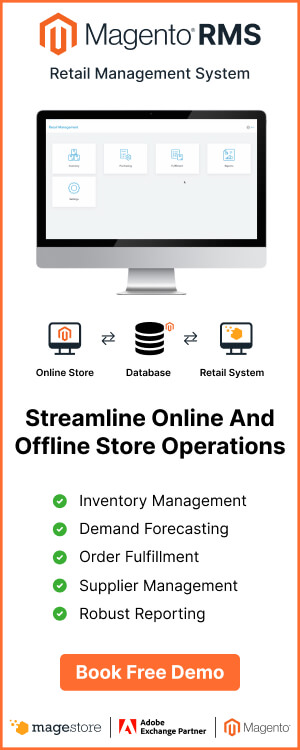








Impressive work! The blog post was informative and really worth diving into